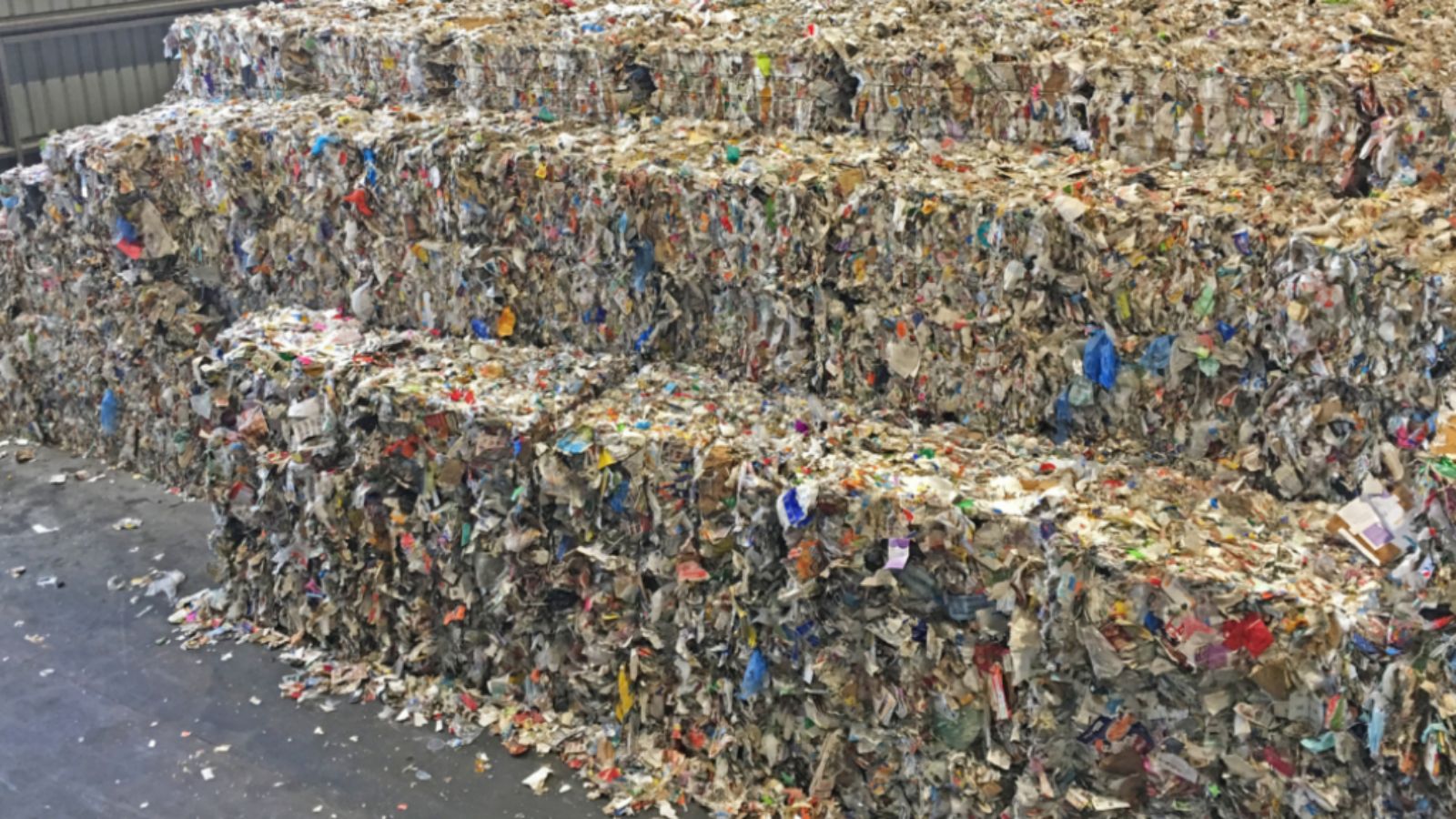As climate initiatives and sustainability goals become more prevalent in the packaging industry, many companies are looking to incorporate recycled materials into their package design. In theory, with the amount of plastic, glass, and metal consumed it seems as though post consumer recycled (PCR) materials should be in abundance; however, the reality is far from it.
The United States has a recycling shortage. In 2018, of the 35,680,000 tons of plastic produced, only 8.7% was actually recycled.¹
Why is recycling so low in the United States?
Lack of consistent infrastructure
Although rates of plastic consumption have increased, rates of recycling have remained stagnant. Demand for PCR materials has far exceeded supply, and in order to meet higher demand, a shift in recycling infrastructure is needed.
Lack of infrastructure means that recycling facilities are not equipped to deal with an abundance of new materials. Furthermore, an uneven distribution of Material Recycling Facilities (MRF’s) leaves much of the country without easy access to proper recycling infrastructure.
Contamination
Going hand in hand with lack of infrastructure is contamination. On average, 1 in 4 of all items that reach a materials recycling facility (MRF) are contaminated. Recycling contamination most often occurs when non-recyclable materials are put into recycling bins. Contaminated recycling bins that reach MRF’s can cause machine blockages and delays or the disposal of entire bins of otherwise recyclable materials.²
Contamination is often a result of lack of recycling standardization. Recycling practices vary greatly between cities and MRF’s. One organization, How2Recycle, is working to increase consumer awareness of recycling procedures through clear and standardized labeling. How2Recycle labels are placed on packaging to let consumers know what can (and cannot) be recycled and how to best recycle that specific package.
The role of companies in supporting a circular economy
Companies can have great impacts on the circular economy, though it is important to understand where different approaches might be taken. Design for the end of life. Recyclability can be promoted by designing packages using mono material designs as these are currently easier for MRF’s to process than composite materials. Be transparent. Understand the recyclability of your packaging and encourage consumers to recycle your packaging. Consider adding How2Recycle labels on your packaging.
EcoImpact-COMPASS allows companies to quantify the environmental impact of using PCR material. With EcoImpact-COMPASS, companies can analyze the entire lifecycle of a package or product, including it’s end-of-life. We take the guesswork out of what is actually happening to a package at it’s end-of-life by pre-populating end-of-life rates. Thus allowing companies to realize the potential outcome of a package design prior to market entry. These metrics can give helpful insights on how to best optimize package design to increase circularity. With better consumer awareness and sustainable businesses increasing demand for PCR material, we hope to see these rates increase in the near future.
Trayak has been helping leading brands of all sizes make data-driven sustainability decisions for over 10 years. If you would like to learn more about our tools and services please contact us.


Add a Comment
You must be logged in to post a comment